1. Lighting Techniques for Stunning Food Photos
Natural light is your best friend when learning how to take great food photos for social media. Position your setup near a window with soft, diffused light to avoid harsh shadows. Avoid direct sunlight, which can create unwanted glare. If natural light is limited, consider using softbox lights or LED panels to mimic daylight, ensuring your dishes look fresh and vibrant.
2. Composition and Styling Strategies to Enhance Your Shots
Compose your photos carefully by considering angles and background elements. Overhead shots work well for flat lays of multiple dishes, while a 45-degree angle can highlight depth and texture in a single plate. Use props like rustic plates, colorful napkins, or fresh ingredients to add context and interest. Keep the focus on the food but make sure the overall scene tells a story that engages viewers.
3. Camera Settings and Equipment for Professional-Looking Photos
While smartphones today are powerful, learning basic camera settings elevates your food photography. Use a wide aperture (low f-number) for a blurred background effect, directing attention to the dish. Adjust ISO to reduce grain and keep your shutter speed fast enough to avoid blur. Tripods can stabilize your shots, especially in lower light. For those ready to invest, a mirrorless or DSLR camera with a macro lens offers superior image quality and detail.
4. Editing Tips to Make Your Food Photos Pop
Editing is key to transforming good photos into great ones. Use apps like Lightroom or Snapseed to adjust brightness, contrast, and saturation subtly. Enhance sharpness to bring out textures like crusty bread or melting cheese. Avoid over-editing, which can make food look unnatural. Consistent editing styles help create a recognizable brand aesthetic on social media.
5. Common Mistakes to Avoid in Food Photography
One frequent error when taking food photos for social media is neglecting cleanliness—smudges on plates or cluttered backgrounds distract from the dish. Overloading the frame with too many elements can overwhelm viewers. Also, avoid poor lighting and shaky hands, which degrade image quality. Practicing patience and experimenting with setups will help you avoid these pitfalls and steadily improve.
Mastering how to take great food photos for social media combines creativity with technical know-how. By applying these expert tips, you can create captivating images that delight your audience and grow your online presence. For premium photography tools and accessories tailored for food enthusiasts, visit Senix Table and take your food photography to the next level.




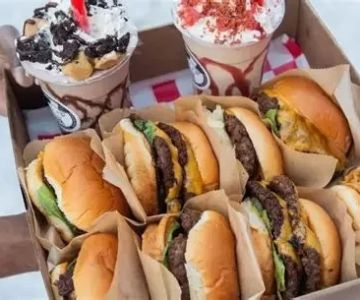
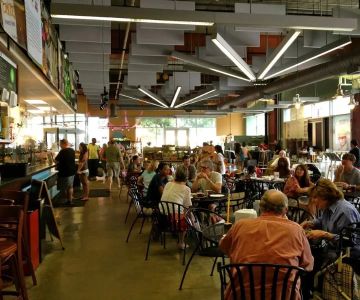
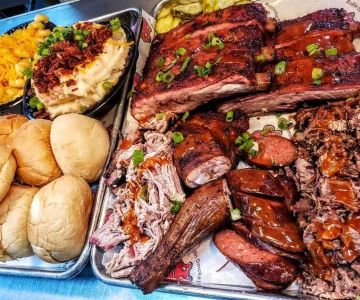
 Citadel BBQ3.0 (42 reviews)
Citadel BBQ3.0 (42 reviews) La Fisheria4.0 (3721 reviews)
La Fisheria4.0 (3721 reviews)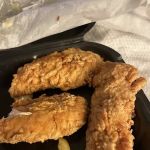 Fried or Die Chicken1.0 (32 reviews)
Fried or Die Chicken1.0 (32 reviews) Los Primos (Food Truck)4.0 (111 reviews)
Los Primos (Food Truck)4.0 (111 reviews)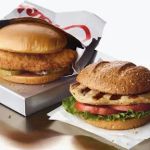 Chick-fil-A4.0 (296 reviews)
Chick-fil-A4.0 (296 reviews) Rich Boy Po'boy (Food Truck)3.0 (23 reviews)
Rich Boy Po'boy (Food Truck)3.0 (23 reviews)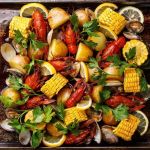 Best Places for Seafood Boils and Clambakes Across the U.S.
Best Places for Seafood Boils and Clambakes Across the U.S.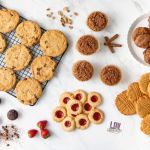 Discover Delicious Vegan Desserts at Local Bakeries Near You
Discover Delicious Vegan Desserts at Local Bakeries Near You Best Late-Night Eats in Major U.S. Cities: Where to Satisfy Your Midnight Cravings
Best Late-Night Eats in Major U.S. Cities: Where to Satisfy Your Midnight Cravings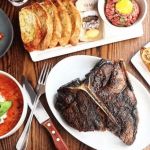 The Ultimate Guide to New Year’s Eve Dining in Major Cities
The Ultimate Guide to New Year’s Eve Dining in Major Cities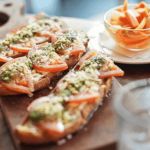 The Future of Sustainable Restaurants in America: Trends and Innovations
The Future of Sustainable Restaurants in America: Trends and Innovations Best Smoothie and Juice Bars for a Quick Healthy Bite
Best Smoothie and Juice Bars for a Quick Healthy Bite